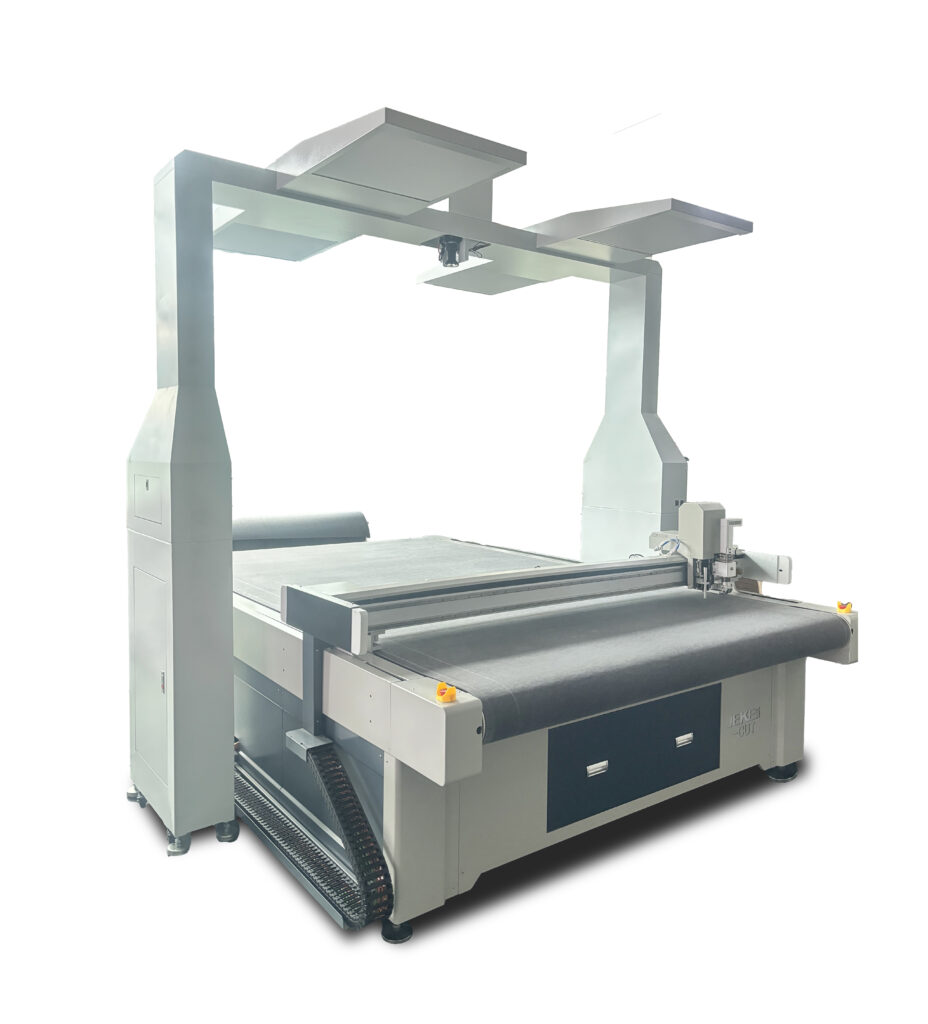Introduction
CNC (Computer Numerical Control) digital cutting machines are revolutionizing industries by providing precision, efficiency, and versatility in cutting operations. Whether you’re in packaging, textiles, or automotive sectors, understanding the principles, applications, and benefits of these machines can help optimize production and improve quality. This comprehensive guide explores everything you need to know about CNC digital cutting machines.
Principles of CNC Digital Cutting Machines
- Core Mechanism CNC digital cutting machines use computer-controlled systems to guide cutting tools across various materials. By converting CAD (Computer-Aided Design) files into cutting paths, these machines ensure precision and accuracy.
- Tool Types
- Blade Tools: Ideal for soft materials like fabric and cardboard.
- Router Tools: Used for harder materials like wood and acrylic.
- Creasing Tools: Designed for packaging applications to create fold lines.
- Automation Equipped with sensors and cameras, these machines detect material boundaries, registration marks, and adjust cutting paths automatically. This minimizes human intervention and errors.
- Vacuum Systems A vacuum table secures materials firmly during operations, ensuring stable and consistent cutting.
Applications of CNC Digital Cutting Machines
- Packaging Industry CNC digital cutters are widely used for creating prototypes, custom packaging, and dieless cutting of cardboard, foam, and corrugated materials.
- Textile and Apparel
- Cutting fabrics for garments and upholstery.
- Ensuring intricate patterns and precise cuts for high-quality production.
- Signage and Graphics
- Cutting vinyl, acrylic, and foam boards for signage.
- Creating high-resolution designs and intricate shapes.
- Automotive Industry
- Cutting leather and upholstery for car interiors.
- Producing custom floor mats and dashboard panels.
- Electronics and Aerospace
- Precision cutting for circuit boards.
- Producing lightweight components with high dimensional accuracy.
Benefits of CNC Digital Cutting Machines
- High Precision and Accuracy CNC technology ensures consistent quality, reducing material waste and enhancing product standards.
- Efficiency and Speed These machines operate at high speeds, significantly reducing production time compared to traditional methods.
- Cost-Effectiveness
- Eliminates the need for physical dies, reducing upfront costs.
- Minimal material waste lowers overall expenses.
- Versatility CNC digital cutters handle a variety of materials, including fabric, leather, plastic, metal, and wood, making them adaptable to different industries.
- Ease of Use Modern CNC machines feature user-friendly interfaces, making it easier for operators to load designs and monitor progress.
- Eco-Friendly Operations By reducing material waste and energy consumption, these machines contribute to sustainable manufacturing practices.
Choosing the Right CNC Digital Cutting Machine
When selecting a CNC digital cutting machine, consider the following factors:
- Material Compatibility: Ensure the machine can handle the materials you work with.
- Cutting Speed and Force: Higher speeds and forces are essential for thicker or tougher materials.
- Software Integration: Look for machines compatible with popular CAD software like AutoCAD or Adobe Illustrator.
- Work Area Dimensions: Match the machine’s cutting area to your production needs.
- After-Sales Support: Reliable customer service and maintenance are critical for long-term operation.
Common Questions (FAQ)
Q1: What materials can a CNC digital cutter handle?
A: CNC cutters can handle cardboard, foam, leather, fabric, wood, acrylic, and more, depending on the tool configuration.
Q2: Is CNC cutting better than laser cutting?
A: CNC cutting is ideal for materials sensitive to heat, whereas laser cutting provides greater precision for intricate designs on non-flammable materials.
Q3: How do I maintain a CNC digital cutting machine?
A: Regularly clean the cutting tools, check the vacuum system, and update the software to ensure optimal performance.
Q4: Can CNC machines cut 3D objects?
A: While primarily used for 2D cuts, some advanced CNC machines can handle shallow 3D designs with specialized tools.
Q5: How do I choose between flatbed and roll-fed CNC cutters?
A: Flatbed cutters are better for rigid materials, while roll-fed machines are ideal for continuous flexible materials like fabric or vinyl.
CNC digital cutting machines are an indispensable asset for modern manufacturing, offering unmatched precision, versatility, and efficiency. By understanding their principles, exploring their applications, and leveraging their benefits, businesses can streamline production and achieve exceptional results. Whether you’re a small-scale operation or a large-scale enterprise, investing in CNC cutting technology is a step toward innovation and growth.
If you have any other questions about CNC equipment, you can also contact us



